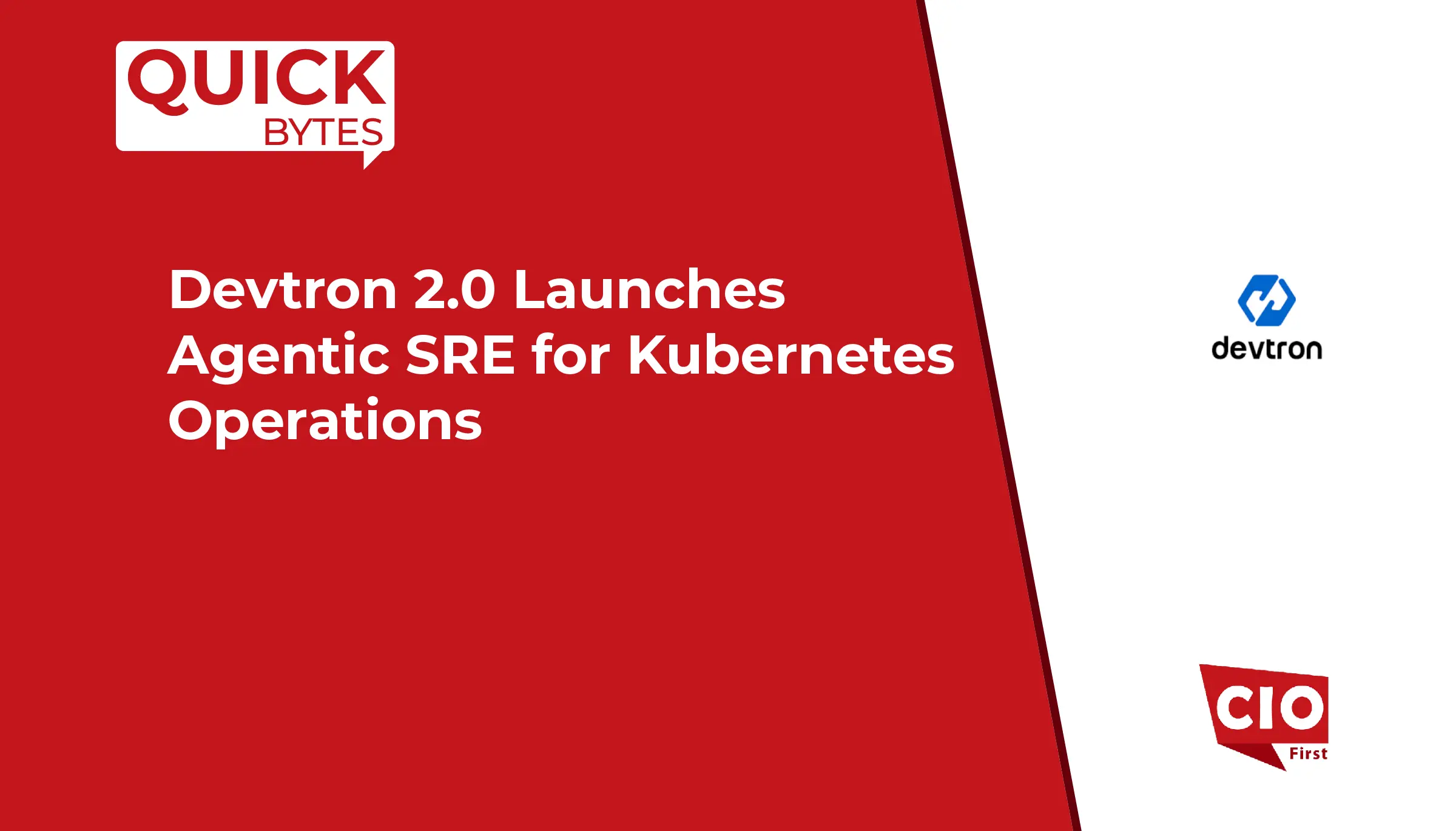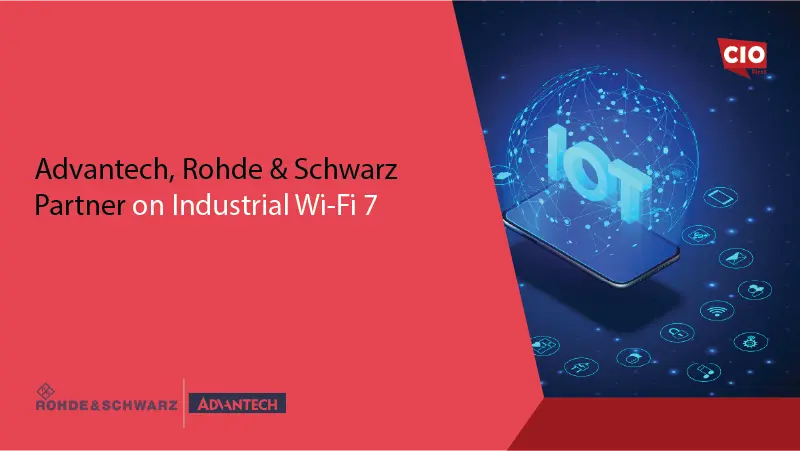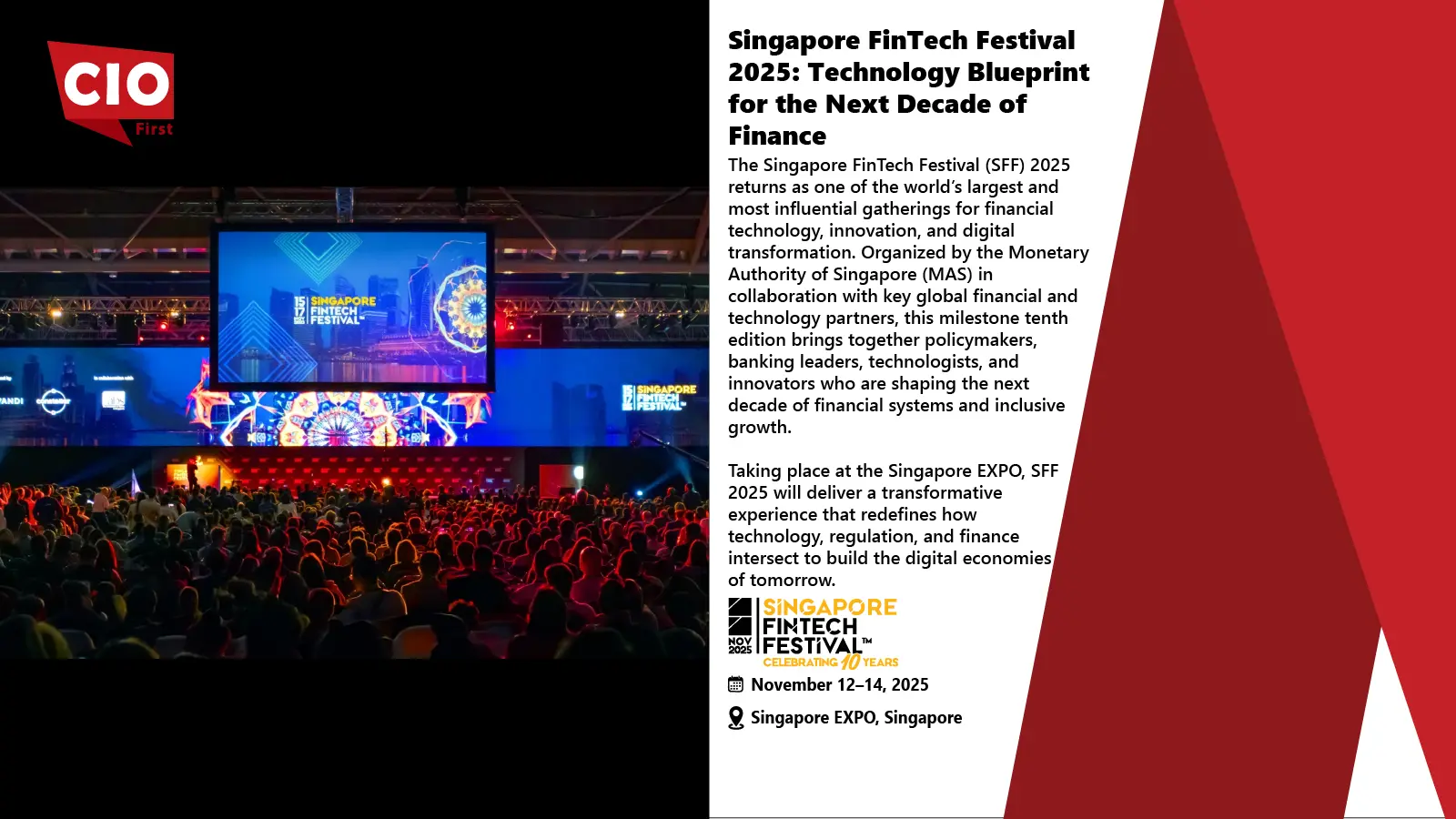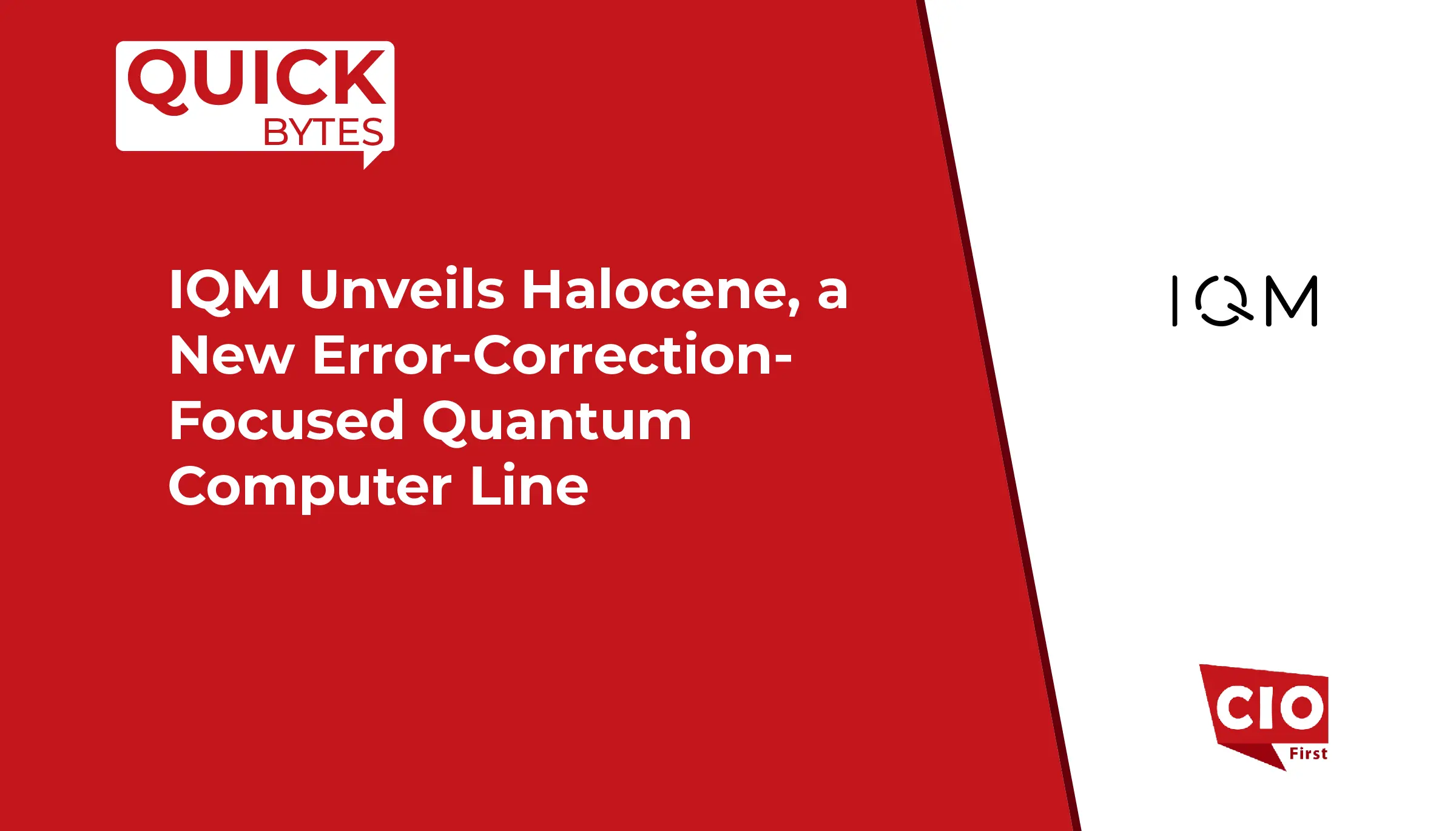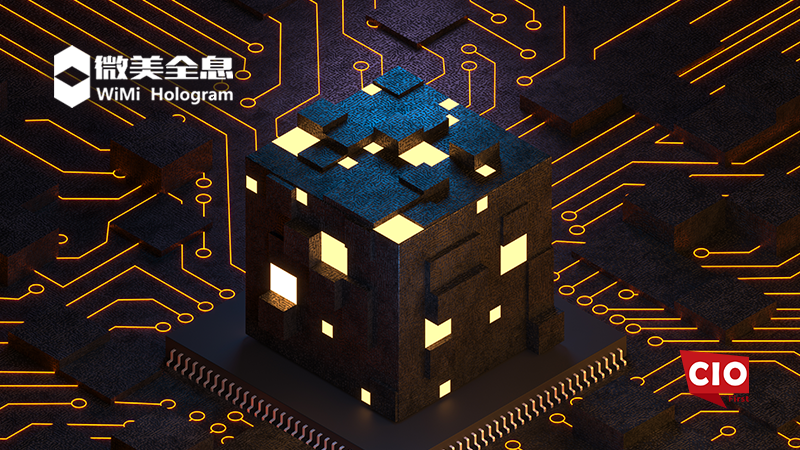WiMi Hologram Cloud Inc., a leading global Hologram Augmented Reality Technology provider, announced a blockchain consensus algorithm based on genetic algorithm. The genetic algorithm is applied to the consensus node to formulate the blockchain node fitness function and limit the consensus to a small fraction to improve computational efficiency. The genetic algorithm for consensus node selection is applied to all nodes participating in the coalition blockchain network, and through the algorithm, the best consensus node is selected to form a complete consortium blockchain network and improve the overall consensus performance of the consortium blockchain.
Genetic algorithm is a stochastic search and optimization technique based on evolution and natural genetics. It performs searches in complex, large and multi-modal environments and provides optimal solutions. The distributed nature of the genetic algorithm is suitable for the distributed node structure of the blockchain and can provide optimal solutions. The genetic algorithm targets all individuals in a population and uses randomization techniques to efficiently search the encoded parameter space. Selection, crossover and mutation constitute the genetic operations of the algorithm. Parameter encoding, initial group setting, fitness function design, genetic operation design and control parameter setting form the core of the genetic algorithm.
This genetic algorithm-based blockchain consensus algorithm can improve the efficiency of consensus, block generation and computation to some extent. The fitness function of the blockchain nodes and the genetic algorithm can filter the group of consensus nodes with excellent metrics and limit the consensus to a small number of nodes. This process is similar to the survival of the fittest.
In the future, WiMi will further promote the application of blockchain technology in more fields by optimizing the consensus mechanism of consortium blockchains. The consensus algorithm based on a genetic algorithm helps to improve the performance of consensus nodes, which is of great significance for the application of consortium blockchains in various fields. However, the optimization of the consensus performance of consortium blockchains is still a complex and continuous process, which needs to be explored continuously to improve the performance of consortium blockchains. In the future, with the continuous development of blockchain technology, we believe that more efficient and reliable consensus algorithms will emerge to further promote the application of blockchain in various industries.
SOURCE: PRNewsWire






